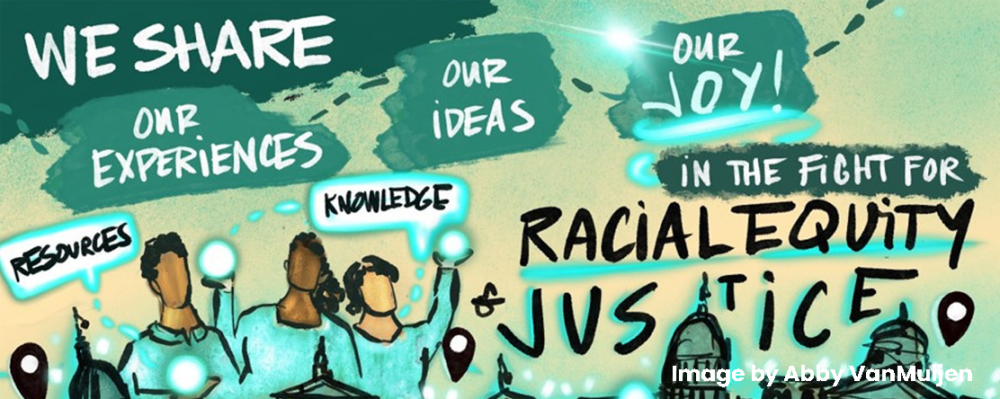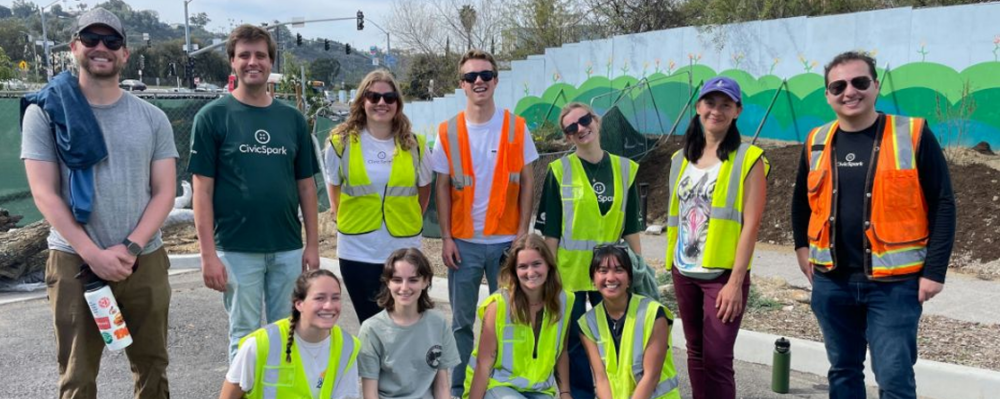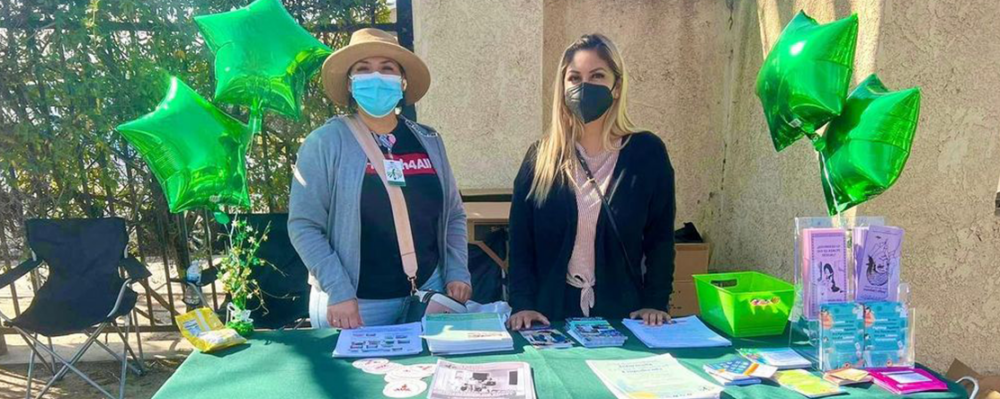
In the News
PHI’s Barbara Cohn Comments in SF Chronicle on Studies Finding Toxic Flame Retardant Chemicals in Most Homes
-
Focus Areas
Chronic Disease Prevention, Environmental Health -
Expertise
Research – Surveillance -
Programs
Child Health and Development Studies
Toxic flame retardants pervade the nation’s households, especially California’s, and little can be done to keep them out of our bodies, two new scientific studies find.
The studies, published Wednesday, arrive as state and federal lawmakers are pushing for stricter regulations on potentially hazardous chemicals that go into furniture, electronics and other products.
California has been a prominent force behind fire retardants because of a 1975 state law, the only one of its kind in the nation, which requires foam in furniture to withstand a 12-second open flame without catching on fire.
Gov. Jerry Brown now wants regulations to reduce the number of chemicals permitted in furniture, but experts say the law has already done damage nationwide. In a bow to California’s powerhouse economy, they say, manufacturers saturated furniture with flame retardants.
Consumers rarely know what chemicals are in the furniture products they buy because they are considered trade secrets. As a likely result, levels of flame-retardant chemicals in California children are among the world’s highest, according to 2010 studies.
Originally published by San Francisco Chronicle
More Updates
Work With Us
You change the world. We do the rest. Explore fiscal sponsorship at PHI.
Support Us
Together, we can accelerate our response to public health’s most critical issues.
Find Employment
Begin your career at the Public Health Institute.



